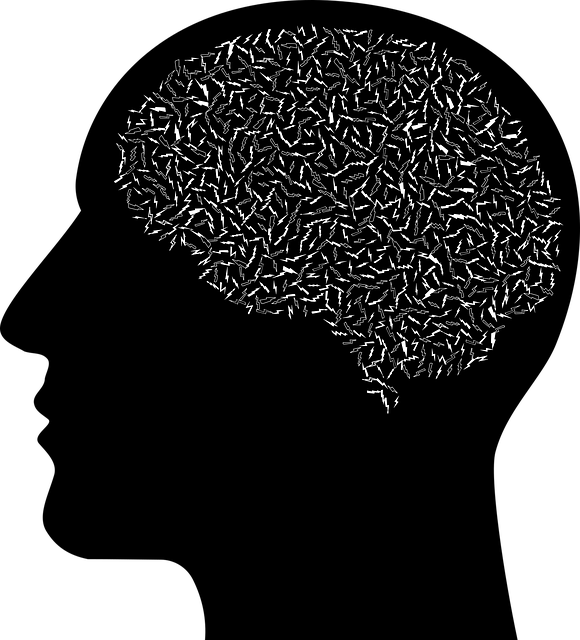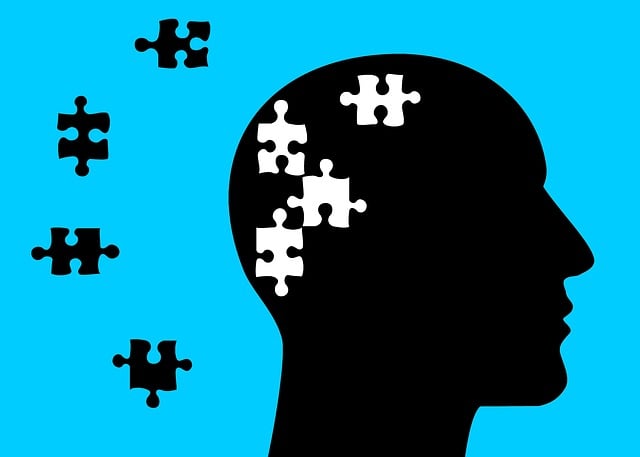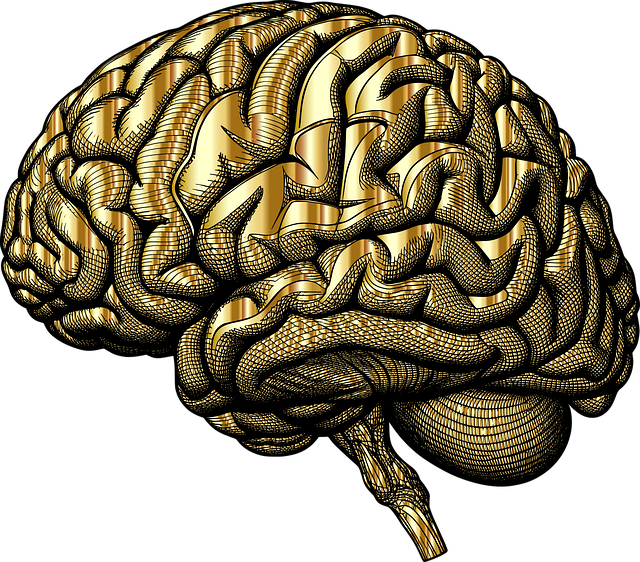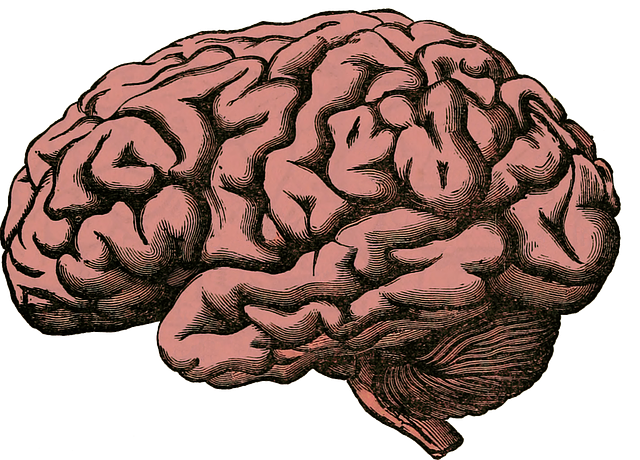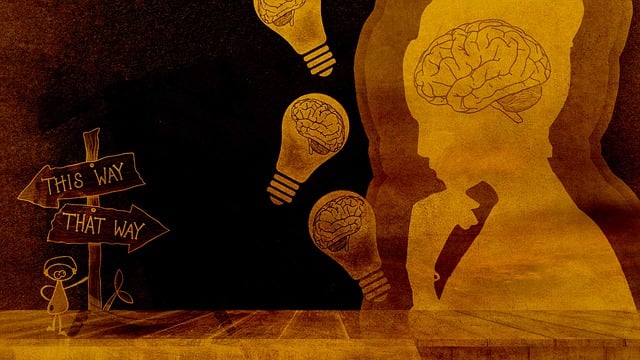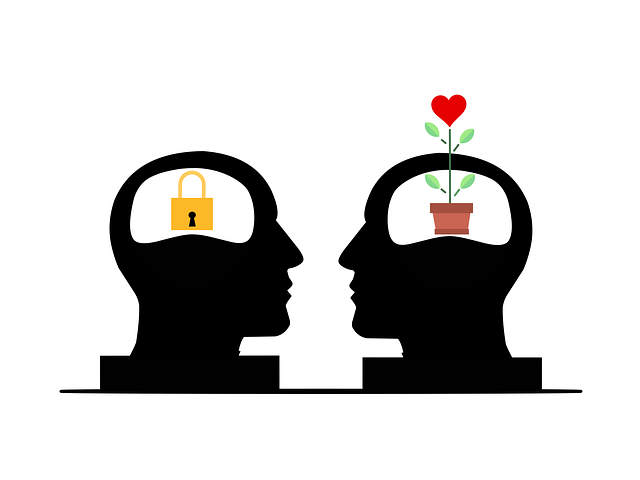Superior Mandarin Chinese Speaking Therapy offers a culturally sensitive, comprehensive approach to emotion regulation. Combining empathy, creative journaling, breathing techniques, mindfulness, and cognitive reframing, this therapy empowers individuals to manage emotions effectively. Incorporating concepts like "guanxi" (关系) enhances engagement, while non-traditional methods such as art, music, and movement cater to diverse preferences, fostering emotional balance, resilience, and improved quality of life.
Emotion regulation techniques have emerged as powerful tools for enhancing mental well-being, especially in a multicultural society. This article explores various strategies, focusing on the unique potential of Superior Mandarin Chinese Speaking Therapy. We delve into mindfulness and meditation practices, cognitive reframing, behavioral strategies tailored to cultural contexts, and innovative creative approaches using art, music, and movement. By understanding these techniques, readers can unlock effective tools for managing emotions and improving overall sentiment.
- Understanding Emotion Regulation: Unlocking the Potential of Mandarin Chinese Speaking Therapy
- The Role of Mindfulness and Meditation in Teaching Emotional Balance
- Cognitive Reframing Techniques: Shaping Perspective for Improved Sentiment Management
- Behavioral Strategies for Effective Mood Modification: A Cultural Perspective
- Integrating Art, Music, and Movement: Creative Approaches to Emotion Regulation
Understanding Emotion Regulation: Unlocking the Potential of Mandarin Chinese Speaking Therapy

Emotion regulation is a vital skill to master for maintaining mental wellness and overall well-being. It involves recognizing, understanding, and managing one’s emotions effectively, especially during challenging situations. For individuals who primarily speak Mandarin Chinese, accessing culturally sensitive therapy can be transformative. Superior Mandarin Chinese speaking therapy offers a unique approach to teaching emotion regulation techniques tailored to the linguistic and cultural context of its speakers.
This specialized therapy incorporates empathy building strategies, which foster deeper connections between therapist and client. By creating a safe and supportive environment, therapists guide clients through mental wellness journaling exercises, providing a creative outlet for processing emotions. Moreover, anxiety relief becomes more accessible with the integration of breathing techniques and mindfulness practices, all communicated in Mandarin Chinese. These strategies collectively empower individuals to unlock their emotional potential, fostering resilience and improved quality of life.
The Role of Mindfulness and Meditation in Teaching Emotional Balance

In the realm of teaching emotional balance, mindfulness and meditation emerge as powerful tools for individuals seeking superior Mandarin Chinese speaking therapy. These practices are integral to stress management, enabling one to cultivate a deeper understanding and acceptance of their emotions. Through regular Mindfulness Meditation, individuals can learn to observe their thoughts and feelings without judgment, fostering a sense of inner calm and emotional resilience. This is particularly beneficial in today’s fast-paced world where burnout prevention is a growing concern.
By incorporating mindfulness into their daily routines, participants in therapy gain enhanced self-awareness, allowing them to navigate life’s challenges with greater equanimity. The practice empowers them to recognize early signs of emotional distress and implement effective coping strategies. Thus, stress management becomes an integral part of their personal growth journey, leading to improved mental well-being and overall quality of life.
Cognitive Reframing Techniques: Shaping Perspective for Improved Sentiment Management

Cognitive Reframing Techniques offer a powerful tool for individuals seeking to enhance their emotion regulation abilities, especially when coupled with Superior Mandarin Chinese Speaking Therapy. By reshaping one’s perspective and understanding of thoughts and situations, these techniques enable more effective mood management. For instance, reframing negative thoughts as challenges rather than insurmountable obstacles can foster resilience and promote positive sentiment.
This approach is particularly beneficial in navigating the complex emotional healing processes. Through cognitive reframing, individuals can learn to identify and challenge unhelpful thought patterns, replacing them with more balanced and realistic perspectives. This process is well-supported by research, demonstrating its efficacy in various contexts, including community outreach program implementations aimed at improving mental health outcomes.
Behavioral Strategies for Effective Mood Modification: A Cultural Perspective

In the realm of emotion regulation techniques teaching, a cultural perspective offers valuable insights into effective mood modification strategies, especially when tailored for a superior Mandarin Chinese-speaking population. The concept of “guanxi” (关系), a fundamental aspect of Chinese culture, emphasizes relationships and interconnectedness, which can be leveraged in therapy. Behavioral strategies targeting emotional well-being should incorporate this cultural lens to ensure their relevance and acceptability. For instance, group therapy sessions that foster social connections and shared experiences might resonate deeply with individuals within this cultural context.
Healthcare provider cultural competency training plays a pivotal role here, equipping practitioners with the knowledge to adapt interventions accordingly. By integrating these cultural considerations into mental health awareness programs and even popular Mental Wellness Podcast Series Production, therapists can create inclusive environments that cater to diverse needs. This approach not only enhances the effectiveness of emotion regulation techniques but also ensures that Mandarin Chinese-speaking individuals receive culturally sensitive care, ultimately promoting mental wellness in a way that is meaningful and accessible within their cultural framework.
Integrating Art, Music, and Movement: Creative Approaches to Emotion Regulation

Incorporating art, music, and movement offers innovative and engaging ways to teach emotion regulation techniques, especially for those seeking a non-traditional approach, such as those with superior Mandarin Chinese speaking abilities. These creative modalities allow individuals to express and manage their emotions in unique and often profound ways, making them valuable tools in therapy sessions. For instance, art therapy provides a visual means of communication, enabling people to convey complex feelings through colors, shapes, and symbols. Music, too, has a powerful impact on emotions, with rhythm and melody evoking specific sentiments, facilitating emotional release and understanding.
Movement-based activities, such as dance or yoga, further enhance emotion regulation by combining physical expression with mindfulness. This holistic approach not only supports depression prevention but also fosters emotional intelligence, helping individuals recognize and manage their emotions effectively. The Community Outreach Program Implementation of these creative therapies can make emotional well-being support more accessible, catering to diverse learning styles and cultural backgrounds, particularly within communities where traditional talk therapy might not be the primary preference.
Emotion regulation techniques, as explored through various cultural lenses including superior Mandarin Chinese speaking therapy, offer a multifaceted approach to enhancing mental well-being. By integrating mindfulness, cognitive reframing, behavioral strategies, and creative arts, individuals can develop effective tools for managing their emotions. This comprehensive understanding not only empowers personal growth but also fosters resilience in navigating life’s challenges. With ongoing research and cultural adaptation, these techniques hold significant potential in transforming lives, promoting emotional balance, and enhancing overall quality of life.
